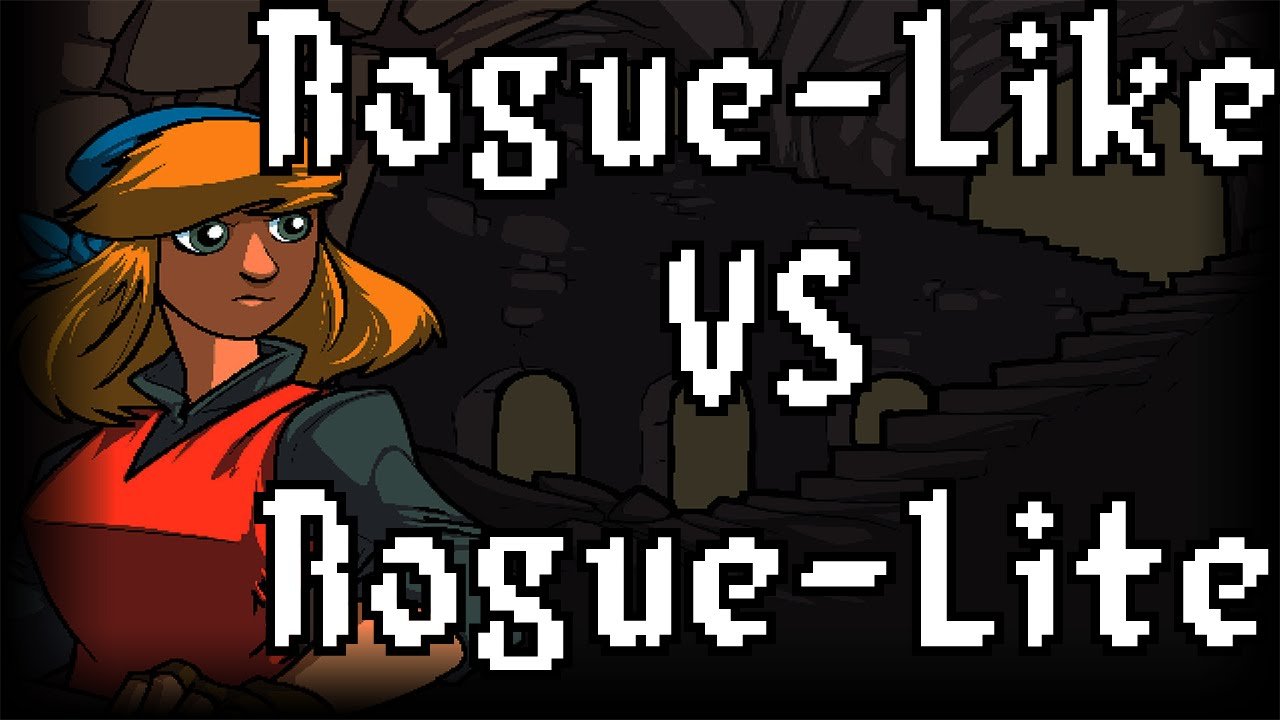When playing video games, you’ll often encounter various genres, each with unique flavor and gameplay mechanics. One popular genre that has sparked considerable debate among gamers is the roguelike vs. rogue-lite distinction. Both terms describe games with similar roots but take different approaches to gameplay and design. This article aims to clarify the differences between these two genres, exploring their history, key features, and what makes each appealing.
What Are Roguelikes?
Roguelikes are a subgenre of role-playing games (RPGs) characterized by their procedural generation, turn-based gameplay, and permadeath mechanics. The term “roguelike” originated from the 1980 game Rogue, which set the standard for this genre. Here are some defining features of roguelikes:
- Procedural Generation: Each playthrough is unique, as levels are randomly generated. Players never face the same environment twice.
- Turn-Based Combat: Players take turns to make decisions, allowing for strategic planning.
- Permadeath: When a character dies, they cannot be resurrected. This adds a layer of tension and stakes, as players must navigate the game carefully.
- Dungeon Crawling: Players typically explore dungeons filled with enemies, traps, and treasures.
Classic Examples of Roguelikes
Several games epitomize the roguelike genre, showcasing its core features:
- NetHack: One of the oldest roguelikes, where players delve into a dungeon to retrieve the Amulet of Yendor.
- ADOM (Ancient Domains of Mystery): A roguelike that combines classic dungeon crawling with complex story elements and character development.
- Dungeon Crawl Stone Soup: A community-driven project that offers deep mechanics and various characters.
What Are Roguelites?
Roguelites, while sharing some similarities with roguelikes, introduce various elements that make the gameplay more accessible and less punishing. The term emerged to describe games that borrow certain features from roguelikes but diverge in critical ways. Here’s what typically characterizes a roguelike:
- Less Punishing Death: Many roguelikes allow players to retain some progress or unlock after dying, softening the impact of permadeath.
- Real-Time Combat: Many roguelites incorporate real-time combat instead of turn-based mechanics, appealing to a broader audience.
- Progression Systems: Players often have the opportunity to improve their characters or unlock new abilities between runs, enhancing the feeling of growth.
Classic Examples of Roguelites
Several games are prime examples of roguelikes, offering an engaging experience without the frustration of classic roguelikes:
- Dead Cells: This action-platformer combines roguelite mechanics with Metroidvania elements, allowing for fast-paced gameplay and smooth combat.
- Hades: A narrative-driven roguelite where players battle through the Underworld, retaining certain upgrades between runs, making it both rewarding and addictive.
- Enter the Gungeon: A bullet-hell shooter that emphasizes skill and strategy, allowing players to unlock new characters and weapons as they progress.
Critical Differences Between Roguelikes and Roguelites
Understanding the distinctions between roguelike and roguelite can help gamers choose which type suits their preferences. Here are some fundamental differences:
FeatureRoguelikesRoguelites
Gameplay Style Turn-based Real-time
Death Consequences Permadeath; no retention of progress Softened death penalties; retain some progress
Character Progression Limited: It often starts fresh each run, unlocks, and upgrades between runs.
Dungeon Exploration Emphasis on tactical exploration Fast-paced, action-oriented exploration
Graphics and Art Style Often more straightforward, ASCII or pixel art Diverse, often high-quality 2D or 3D graphics
Similarities Between Roguelikes and Roguelites
Despite their differences, roguelikes and roguelikes also share several common elements that make them appealing to gamers:
- Replayability: Both genres thrive on replayability due to procedural generation, keeping players engaged for hours.
- Challenging Gameplay: Both provide a sense of challenge through tactical decision-making or fast-paced action in roguelikes.
- Exploration: Players are encouraged to explore and discover hidden secrets in dungeons or on various levels.
The Appeal of Roguelikes
Roguelikes attract players who appreciate a challenge. Here’s why many gamers love them:
- Strategic Depth: Players must think critically about their moves, which can lead to deep strategic gameplay.
- Unique Experiences: Each run feels fresh and unpredictable, as no two playthroughs are the same.
- Community: Many roguelikes have active communities, often sharing tips, strategies, and modifications that enhance the experience.
The Challenges of Roguelikes
While roguelikes are beloved by many, they can present some challenges:
- High Difficulty: The steep learning curve can be intimidating for new players.
- Time Investment: A single run can be lengthy, and the permadeath mechanic may lead to frustration after hard-earned progress is lost.
The Appeal of Roguelites
Roguelites have gained popularity due to their accessible nature. Here are some reasons players are drawn to roguelikes:
- Immediate Satisfaction: Players often feel a sense of progression after each run, even if they don’t complete the game.
- Blend of Genres: Many roguelites incorporate elements from other genres, such as platforming or RPG mechanics, providing a varied gameplay experience.
- More accessible Entry Point: The softened penalties make jumping in easier for new players without feeling overwhelmed.
The Challenges of Roguelites
While roguelikes are generally more accessible, they come with their challenges:
- Less Tactical Depth: Some players might find that roguelikes need more strategic layers than classic roguelikes.
- Potentially Repetitive: With some roguelites focusing heavily on action, they can sometimes feel repetitive over extended play sessions.
Choosing Between Roguelike and Roguelite
The debate on roguelike vs roguelite ultimately boils down to personal preference. Here are some questions to help you decide:
- What Do You Enjoy?: If you love strategic, turn-based gameplay and the thrill of permadeath, you might lean towards roguelikes. If you prefer fast-paced, real-time action with a sense of progression, roguelites might be your thing.
- Are You a Newcomer?: If you’re new to gaming or these genres, starting with a roguelite could provide a gentler introduction.
- How Much Time Do You Have?: Consider how much time you want to invest in a game. Roguelites often offer shorter, more digestible sessions.
The Future of Roguelikes and Roguelites
As gaming technology advances, both roguelikes and roguelikes are evolving. Developers continue to innovate, leading to new hybrid genres incorporating both elements. This evolution means players can expect fresh and exciting gameplay experiences in the future.
The Rise of Hybrid Games
In recent years, hybrid games have emerged that blend roguelike and roguelite elements, creating a unique experience for players. For example:
- Slay the Spire: This deck-building roguelite allows players to create custom card decks as they progress through procedurally generated levels.
- Risk of Rain 2: A third-person shooter incorporating roguelike mechanics, focusing on character upgrades and cooperative play.
Conclusion: Embrace the Adventure
Whether you prefer roguelikes or roguelikes, both genres offer thrilling adventures filled with challenges and excitement. As you explore the differences between roguelike and roguelike, you’ll discover a vibrant community and a wealth of games to enjoy. The key is to dive in and find what resonates with you—so grab your controller and get ready for some epic gaming sessions




